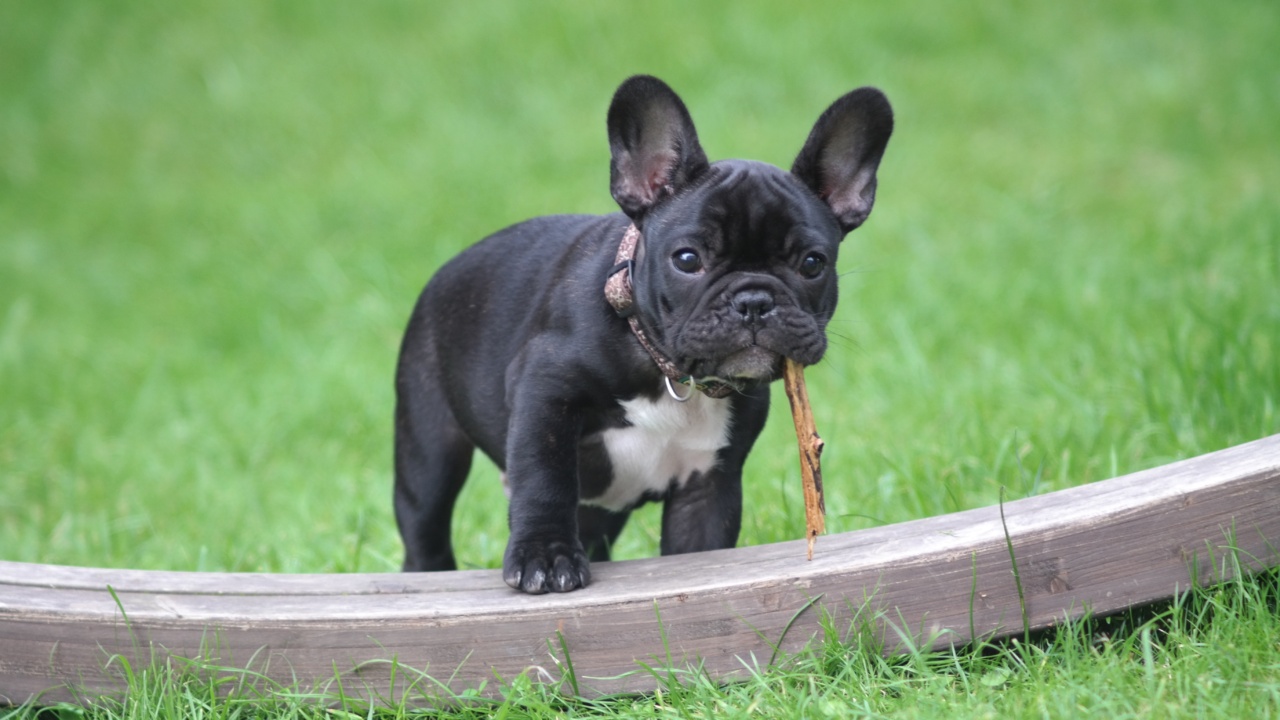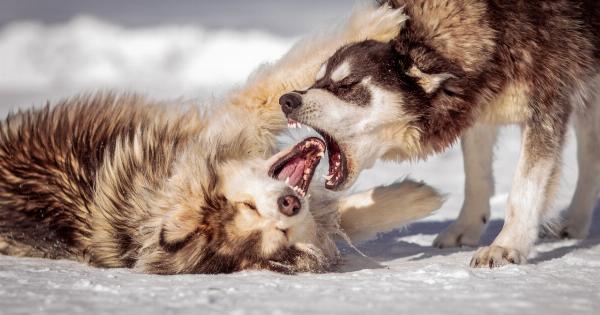It’s a well-known fact that dogs are considered man’s best friend. Dogs are loyal companions. They offer unconditional love and are ready to protect their owners in times of danger.
However, there are times when dogs become aggressive, and one of the most common forms of aggression is biting. In this article, we explore the reasons for dog aggression and what pet owners can do to prevent it.
Types of Aggression
Dog aggression is a complex behavior that can be caused by various factors. Understanding the different types of aggression helps dog owners identify the root cause of their pet’s behavior.
Territorial Aggression
This type of aggression is common among dogs who are very protective of their home or territory. When strangers or other animals enter the area, they become aggressive and may attack to protect their environment.
Resource Guarding Aggression
Resource guarding occurs when a dog becomes defensive over his possessions, such as food, toys, or spaces like beds and chairs. The dog can growl, snap or bite to remove the perceived threat and protect its resources.
Protective Aggression
Dogs who are protective of their owners view strangers as a threat and may exhibit protective aggression to keep them away. The behavior can range from growling, barking or biting if they feel their owner is being threatened.
Inter-dog Aggression
Inter-dog aggression is a common issue among dogs living in the same household or when interacting with other dogs outside.
This is usually due to territorial disputes or competition, or when one dog perceives another dog as a threat to their space or resources.
Social Aggression
Dogs that exhibit social aggression may become aggressive towards other dogs or humans if they feel uncomfortable or apprehensive in social settings.
Fear Aggression
Dogs who lack sufficient socialization often exhibit fear aggression when they encounter new people, surroundings, or experiences. The dog may bite when it feels threatened or frightened by something.
Pain-Induced Aggression
Dogs that are in pain may exhibit aggression when someone touches or moves the affected area. This response is a way for the dog to protect themselves from further discomfort.
Preventing Dog Aggression
Preventing dog aggression requires early socialization and training. Puppies should be exposed to different types of people, animals, and environments from a young age so they can develop healthy relationships with the world around them.
In addition to socialization, pet owners can take steps to prevent aggressive behavior, such as:.
- Consistent training using positive reinforcement
- Limiting time spent in confined spaces or tethered outside
- Providing a safe space with plenty of resources
- Keeping the dog on a leash or in a fenced area
- Supervising interactions between pets and children or other animals
When to Seek Help
For dogs that exhibit aggressive behavior, early intervention is essential. In some cases, veterinary intervention or behavior modification therapies may be necessary.
Dog owners should seek the help of professionals, such as veterinarians or professional dog trainers, to address the issue and keep pets and their loved ones safe.
Conclusion
Dog aggression is a serious issue that should not be ignored. Understanding the different types of aggression and identifying the root cause can help prevent dog bites and maintain a happy relationship between pets and their owners.
By providing early socialization, consistent training, and identifying early signs of aggressive behavior, pet owners can prevent aggressive behavior in their furry friends and ensure a safe home.




























